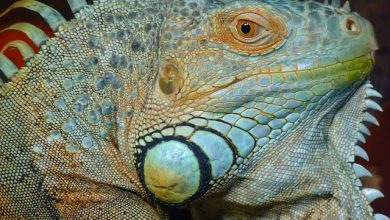The Surprisingly Easy Solution to Lighting in a Bioactive Setup

So youâve got a bioactive setup, and youâre ready to let your plants and exotic pets live together in harmony. Thereâs just one hitch: in separate gardens and habitats, plants and animals have their own sets of lighting.
What kind of lights do you need for a bioactive setup?
Thatâs exactly what Iâll cover in this article, and the answer is surprisingly simpleâ¦
The short answer
Generally, you want the lighting in a vivarium to cater to the animals first. And that means considering both the necessary UV lighting and appropriate heat. Although heating requirements vary by species, most reptiles and amphibians are going to need a UVB lamp.
The simple solution: fluorescent light bulbs.
High-quality fluorescent lights emit UVB waves that are healthy for the animal, as well as the right kind of light spectrum to keep plants healthy. And they light up the terrarium in a way that looks good.
Other things to know
Although you should make sure your reptile or amphibian has the UV lighting it needs, concentrated UV can be bad for plants, and that makes compact UV bulbs a less-than-ideal choice for bioactive terrariums. Instead, you can use a linear light that spreads the UV across a wider area, like this one:
T5 High Output ReptiSun 10.0 UVB
The ReptiSun UVB lights also come in a variety of sizes and outputs.
Of course, UVB bulbs are not exactly the same as grow lights, and some plants are also going to need supplemental lighting. LED grow lights work well for this and are safe for exotic pets as long as you keep the temperature regulated (grow lights can generate a lot of heat).
The Zilla LED Mini 5 Watt Plant Bulb is a perfect solution for smaller terrariums that need extra grow lights.
That being said, some plants will grow just fine with just the UV lighting you provide for the animals. You may have to experiment a bit to see how your plants react.
Youâll also need to provide heat for the animals, but that can burn the leaves of plants. Thatâs another benefit of the fluorescent lights â they donât get too hot.
If, however, your exotic pet requires supplemental heat, such as a basking light, then itâs a good idea to monitor plant growth and heat lamp placement over time. A setup that works fine early on may not be ideal when the plants grow upward toward the lamp.
If you have questions about which size and type of lights are best for your vivarium, reach out to the staff at The Tye-Dyed Iguana on Facebook.



